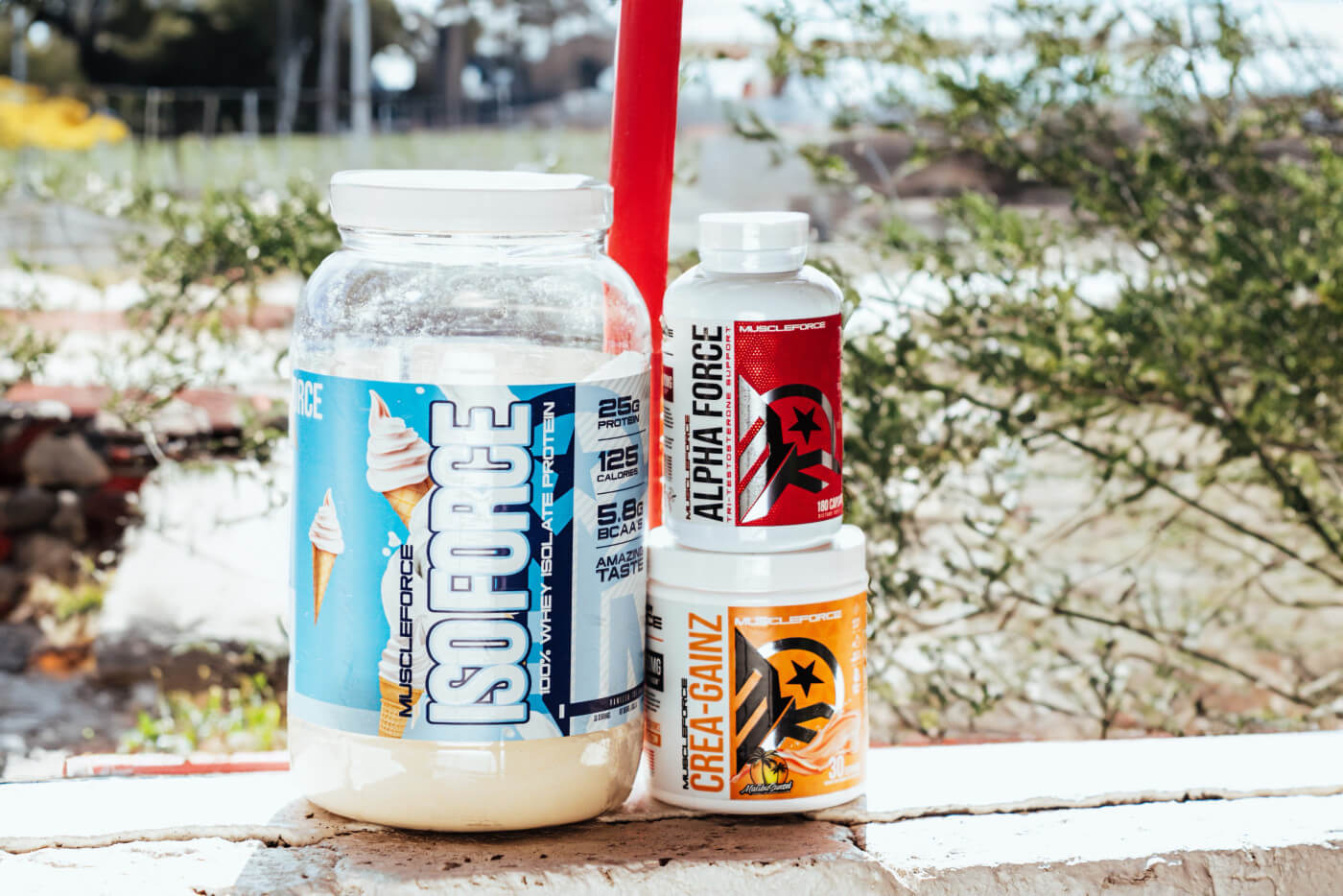Welcome to our guide on stimulants and pumps, two of the most popular workout supplements on the market today. If you're serious about achieving your fitness goals, you may have considered incorporating them into your routine. But with so many options available, how do you choose the right one for your body?
That's where we come in. In this article, we'll explore the differences between stimulants and pumps, their respective benefits, and how to safely use them. We'll also provide tips for selecting the option that's best for you, based on your individual fitness goals.
Understanding Stimulants and Pump Enhancers
When it comes to fitness supplements, stimulants and pumps are two of the most common options. While both can provide benefits for workouts and help achieve fitness goals, they work in different ways.
Stimulants are designed to increase energy levels, focus, and alertness during exercise. They can help athletes push through fatigue and maintain intensity throughout a workout. Stimulants work by increasing the production of neurotransmitters such as dopamine and norepinephrine, which can improve mental and physical performance.
Pumps, on the other hand, are designed to enhance vascularity during exercise. Vascularity refers to the appearance of veins and blood vessels, which can help muscles look more defined. Pumps work by inducing vasodilation, which is the widening of blood vessels that allows for increased blood flow and the delivery of nutrients to muscles. This increased blood flow can also promote the accumulation of metabolic waste products, which can lead to microtrauma and muscle growth over time.
The effects of stimulants and pumps can complement each other during a workout. Stimulants can provide the energy and focus needed to push through tough sets, while pumps can improve nutrient flow and promote muscle growth. However, it's important to choose the right option based on individual fitness goals and needs.
Understanding Vasodilation and Vasoconstriction
Both stimulants and pumps rely on the concepts of vasodilation and vasoconstriction. Vasodilation refers to the widening of blood vessels, which can increase blood flow and lead to improved nutrient delivery to muscles. Vasoconstriction, on the other hand, refers to the narrowing of blood vessels, which can reduce blood flow and lead to decreased nutrient delivery.
Vasodilation and vasoconstriction are controlled by the body's autonomic nervous system. The sympathetic nervous system, which is responsible for the "fight or flight" response, can stimulate vasodilation by releasing nitric oxide and other vasodilators. The parasympathetic nervous system, which is responsible for the "rest and digest" response, can stimulate vasoconstriction by releasing hormones such as adrenaline and noradrenaline.
Stimulants can enhance the effects of the sympathetic nervous system, leading to increased vasodilation and blood flow during exercise. Pumps can also enhance vasodilation through the use of vasodilator supplements, such as arginine and citrulline.
The Benefits of Stimulants
Stimulants can be a game-changer when it comes to achieving your fitness goals. By increasing the energy levels in your body, you can push through tough workouts and reach new levels of performance. Additionally, stimulants improve blood flow and nutrient delivery to the muscles, allowing them to work harder and recover faster.
One of the main benefits of using stimulants is the boost in energy they provide. Caffeine and other stimulants work by blocking adenosine receptors in the brain, which can make you feel more alert and focused during your workouts. This increased energy can also help you power through fatigue and improve your endurance.
There are also potential cognitive benefits to using stimulants during workouts. Caffeine can improve cognitive function and reaction time, which can be especially helpful during high-intensity exercises.
It is important to note that the key to utilizing stimulants safely and effectively is moderation. Overuse of stimulants can lead to negative side effects such as increased heart rate and insomnia. As with any supplementation, it is important to consult with a healthcare professional before starting a stimulant regimen.
The Advantages of Pumps
If you're looking to enhance your workouts and achieve your fitness goals, considering the use of pumps is a smart choice. Pumps are designed to increase vascularity, promote nutrient flow, and aid in muscle growth and recovery. Here are some of the advantages of using pumps:
| Advantage | Description |
|---|---|
| Improved Vascularity | Pumps work by increasing blood flow to the muscles, which can enhance vascularity during your workout. This can lead to a more defined, ripped look... who doesn't like looking in the mirror and thinking "Wow I look cool right now"? |
| Increased Nutrient Flow | By increasing blood flow, pumps can also help nutrients reach your muscles more efficiently. This can lead to improved performance and faster recovery times. |
| Promotes Microtrauma | Pumps can also promote microtrauma, which is the process of causing small tears in muscle fibers. This can stimulate muscle growth and increase recovery time. |
If you're focused on building lean muscle mass and improving overall muscle health, using pumps can be a valuable tool to incorporate into your fitness routine.
How Pumps Can Benefit Your Workout
The benefits of pumps extend beyond just your physical appearance. By increasing blood flow and improving nutrient delivery, pumps can lead to better endurance, faster recovery, and greater overall muscle health. Additionally, promoting microtrauma can accelerate muscle growth and lead to greater strength gains over time. For those looking for an edge in their workouts and faster results, pumps can be an effective tool to add to your fitness arsenal.
Choosing the Right Option for You
When it comes to choosing between stimulants and pumps, it's important to consider your individual fitness goals. Both options provide unique benefits that can enhance your workout experience, but the decision ultimately comes down to personal preference.
If you're looking to increase energy levels during your workout, stimulants may be the right choice for you. They can help you power through even the toughest exercises and improve nutrient flow to your muscles. This can lead to better performance and faster recovery times.
On the other hand, if you're looking to enhance vascularity and promote microtrauma for muscle growth, pumps may be the way to go. They can increase blood flow and nutrient delivery to your muscles, resulting in a more pronounced muscle pump and improved recovery.
It's also important to consider the potential impact on catabolism. Stimulants may have a greater effect on catabolic processes, potentially leading to muscle breakdown and hindered muscle growth. On the other hand, pumps may promote anabolic processes that can aid in muscle growth and recovery.
In the end, the decision to use stimulants or pumps should be based on your individual fitness goals and preferences. You may find that one option works better for certain exercises or workouts, or that a combination of both provides the best results for you.
Tips for Safe Usage
While stimulants and pumps can provide a boost during workouts, it is important to use them safely to avoid potential risks. Here are some tips to keep in mind:
- Start with a low dosage: It is recommended to start with the lowest recommended dosage and gradually increase if needed. This can help prevent potential side effects such as jitters, headaches, and nausea.
- Stay hydrated: Both stimulants and pumps can increase blood flow and perspiration, so it is important to drink plenty of water during and after workouts to prevent dehydration.
- Avoid using before bedtime: Stimulants can interfere with sleep, so it is recommended to avoid using them close to bedtime.
- Be mindful of your body: Pay attention to how your body responds to the supplements. If you experience any negative side effects, stop use and consult with a healthcare provider.
Following these tips can help ensure safe and effective use of stimulants and pumps during workouts.
The FAQs
Have a question about stimulants and pumps? Check out our list of frequently asked questions below.
Can stimulants be used for weight loss?
Stimulants have been shown to increase energy levels and may aid in weight loss by promoting greater calorie expenditure during exercise. However, it's important to note that stimulants alone are not a substitute for a healthy diet and regular exercise, and should be used as a complement to a comprehensive weight loss program.
What is the difference between vasodilation and vasoconstriction?
Vasodilation refers to the widening of blood vessels, which allows for increased blood flow and delivery of nutrients to the muscles. Vasoconstriction, on the other hand, is the narrowing of blood vessels, which can impede blood flow and limit nutrient delivery. Both of these processes can have an impact on energy levels and vascularity during exercise.
Can pumps aid in muscle growth?
Pumps can promote microtrauma in the muscles, which can help stimulate muscle growth over time. Additionally, the increased nutrient flow to the muscles during exercise can aid in recovery and promote overall muscle health. However, pumps should be used in conjunction with a well-rounded workout program that includes strength training and proper nutrition.
Can stimulants and pumps be used together?
It is generally safe to use stimulants and pumps together, although it's important to monitor your body's response and adjust your dosages accordingly. Combining the two options can help promote greater energy levels and vascularity during your workouts, which in turn can help you achieve your fitness goals more effectively.





